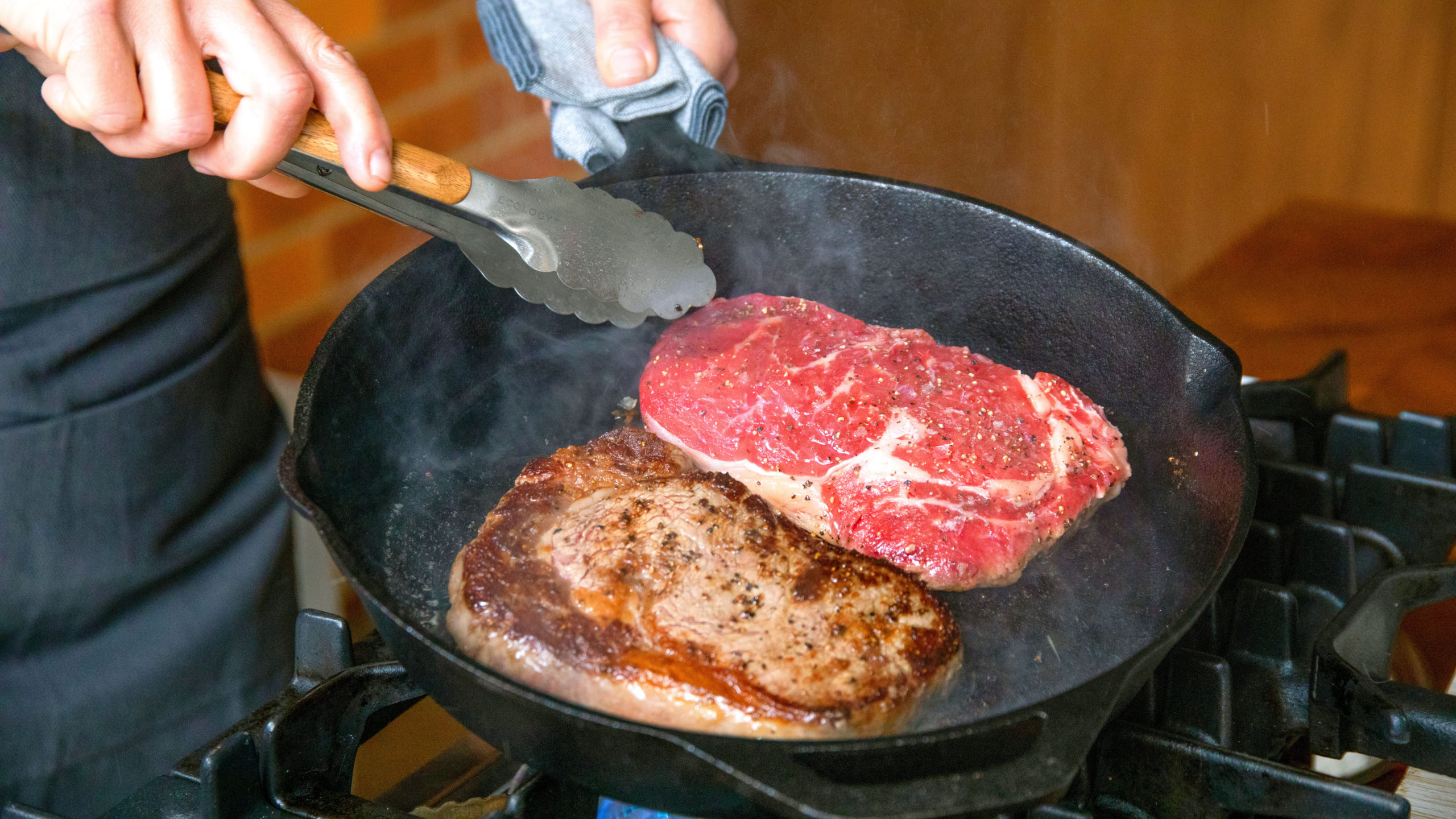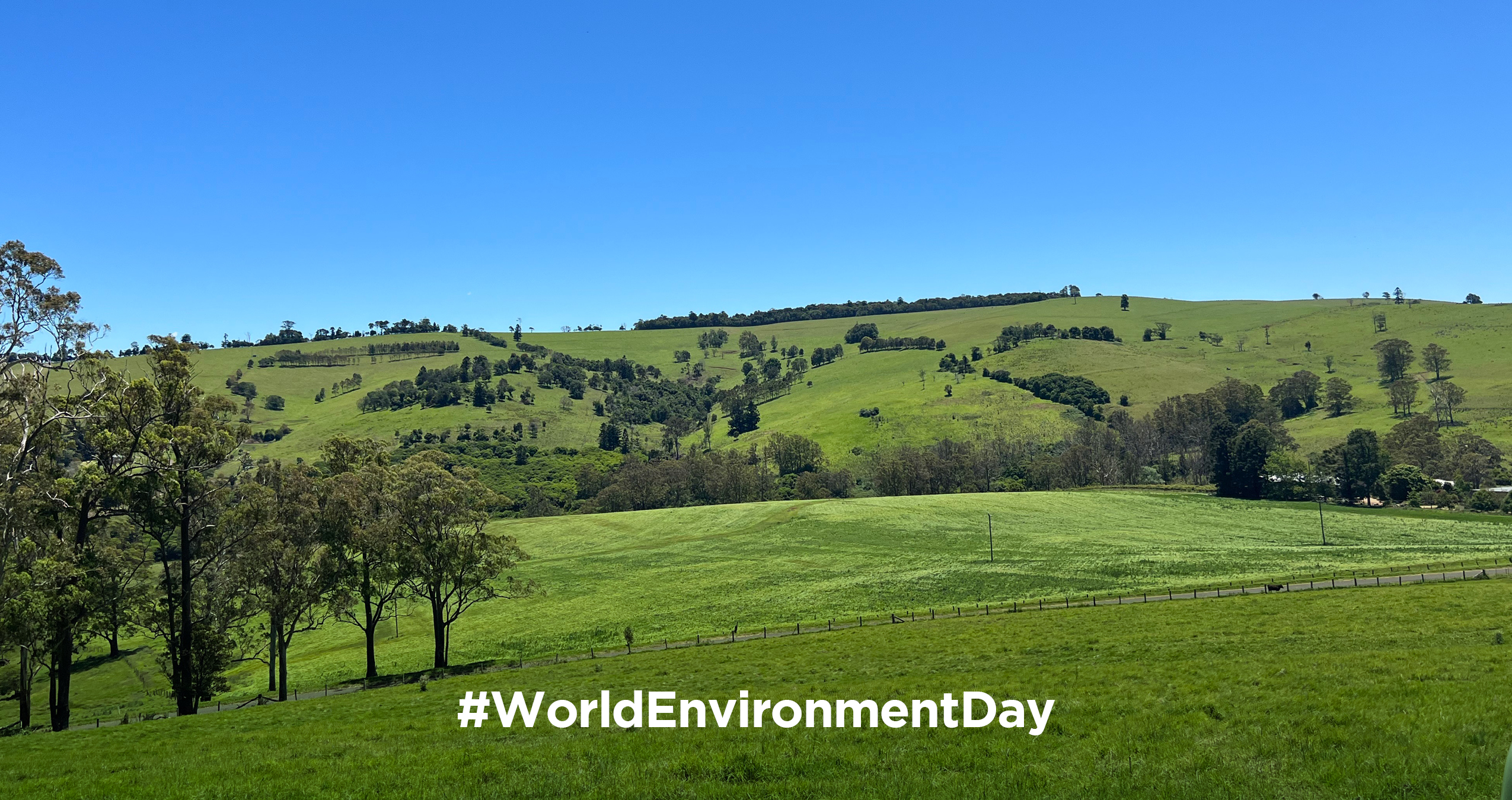
Keen home cooks and BBQ lovers are probably familiar with the idea of “caramelising” meat. Perhaps you may have even heard the term, “Maillard reaction”. But what exactly do these phrases mean, and why are they so important? As part of our Food Science with Teys series, let us explain.
In simplest terms, caramelising your meat (typically beef or lamb) means browning it at a high temperature so a reaction occurs between the natural sugar and amino acids in the meat, which in turn releases an explosion of flavour.
This is known as the Maillard reaction – named after Louis Camille Maillard who discovered it a century or so ago. While some food science purists point out that “caramelisation” is a different reaction, it is most commonly used to describe the same concept.
The great news is that you don’t need to be a food scientist to enjoy the benefits of the Maillard reaction.
Triggering the Maillard Reaction
There are some key factors required to trigger the Maillard reaction including temperature.
The Maillard reaction occurs at around 140°C but this heat must be applied rapidly and consistently. You want to avoid water or excess moisture when browning your meat, since the maximum temperature of water is 100°C and any liquid can slow down or stop your meat from reaching the desired temperature.
This has implications for how you cook your meat. Frying meat in a hot pan or grilling it on a hot plate is the best environment for triggering the Maillard reaction. But you will want to avoid overcrowding your pan or plate, as this can make the meat stew instead of brown.
This is why casserole and slow cooker recipes often recommend that you brown meat before adding liquids.
How to Caramelise Your Meat
Coat your meat in oil prior to adding it to a very hot pan or plate. The oil will stop your meat from sticking and enable an even distribution of heat, which is required to form the delicious Maillard “crust” on the meat surface.
The pan or plate must be hot enough that the meat sears as soon as it hits the cooking surface.
Wait until the meat is sizzling and you start to smell the aroma of roasted meat before turning it over. Don’t be tempted to turn your meat too soon. You have to give the meat time to sear to a dark caramelised brown before you turn it.
It is also a good idea to let your meat rest at room temperature prior to cooking and to pat it dry with absorbent kitchen paper. This will help the meat cook evenly and get rid of any excess moisture.
With these few simple techniques you can unleash the maximum flavour in your meat and wow your friends and family with your “food science”.
Want to test out the Maillard reaction on some top quality Aussie beef? Then check out our beef solutions here.
The information in this post is adapted from Fine Dining Lovers and Australian lamb.
 Return to News
Return to News

















